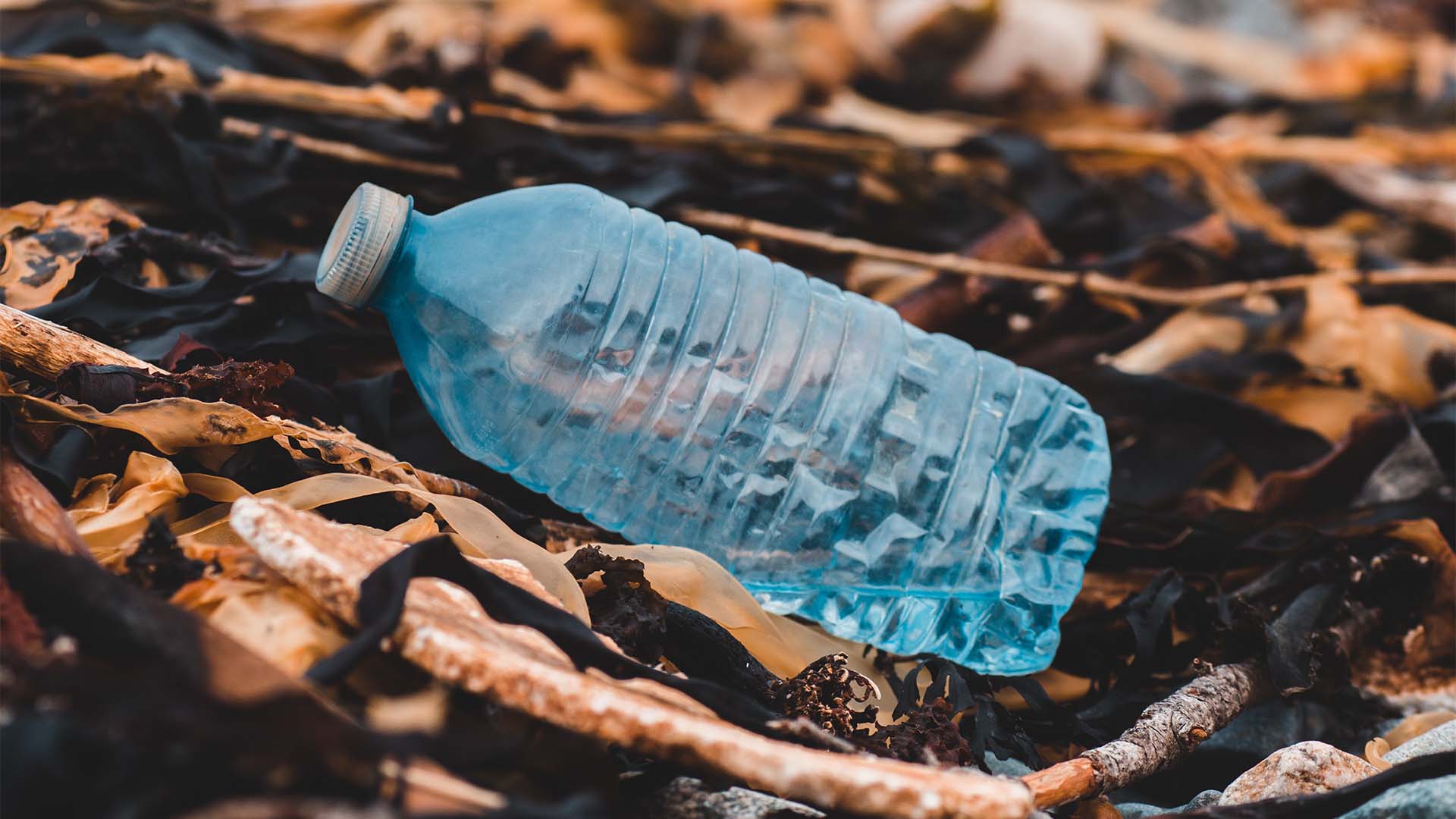According to a 2022 Organisation for Economic Co-operation and Development report, plastic waste is projected to almost triple by 2060, with around half ending up in landfill and less than a fifth recycled.
The UN Global Plastic Treaty is an ambitious measure to address these severe impacts of the system of plastic pollution. Known to be one of the largest pledges for the environment since the 2015 Paris Climate Agreement, it is set to be a legally binding global set of rules that will address the full lifecycle of plastic, including its production, design, and disposal.
Formal negotiations for the treaty took place in Punta del Este, Uruguay, during the first meeting of the International Negotiation Committee (INC-1) in November-December 2022. With over 145 countries showing support for the call for strong global rules to stop plastic pollution, the conversations focused on how governments can organise their work going forward to what type and structure the treaty needs, with an ambition of completing it by the end of 2024.
Here are some of the key priorities that emerged following the formal and informal discussions at INC-1:
- Reducing and phasing out: the supply of demand for and use of primary plastic polymers and problematic and avoidable plastic products.
- Reducing microplastics fostering design for circularity and encouraging the repair of plastic products and packaging.
- Promoting the use of safe, sustainable alternatives and substitutes.
- Eliminating the release and emission of plastics to water, soil, and air.
- Facilitating a just transition, including an inclusive transition of the informal waste sector.
- Protecting human health from the adverse effects of plastic pollution.
The second meeting, INC-2, took place in Paris from the 29th of May – the 2nd of June, where countries will discuss an options paper that will be used as the basis for discussions at the meeting.
On the 2nd of June, it was agreed a ‘zero draft’ text will be prepared of what would become the legally binding plastics treaty. The text would reflect options from the positions of different countries and will then be discussed at the next round of talks, to be held in Nairobi, Kenya, in November 2023.
Ana Lê Rocha, Director of the Global Plastics Program at GAIA spoke at the INC-2 plenary and shared:
“INC-2 was a partial success for civil society: important discussions took place, there was significant support for a just transition to waste pickers, workers and affected communities, countries like Senegal and Mexico stood up for efficiency in the negotiations and civil society showed its power by being present and representing the people affected by plastic production and pollution. INC-2 also hosted at least 190 industry lobbyists, who used their access and infinite resources to undermine calls for a plastic reduction by promoting tech-fixes like chemical ‘recycling,’ and plastic credits, while fence line communities, waste pickers, indigenous peoples, youth, and other members of civil society most impacted by plastic pollution had very limited opportunities to hold the mic. If we are to achieve a strong plastics treaty, Member States must listen to and represent their people, not the very industry that is profiting from this crisis.”
The full video of Ana Lê Rocha’s interview can be found here.
With the hopes that the final treaty is created at the end of 2024, there will be specific targets; requirements for nations to report; measures for national and local government collaborations; measures for engaging the private sector and targets for scaling finance5 to be established. This will enable opportunities for government representatives to push for safeguarding ecosystems, species, and humanity and to demonstrate leadership and ambition to end the system of plastic pollution for the people and planet.
We asked Ben Jack, the CSO at Common Seas to share his thoughts with us on the Treaty.
What is Common Seas’ position on plastic pollution, what do you want to see happen within the Treaty?
A key element to Common Seas’ position is that if we are to address plastic pollution, we have to tackle the source of the problem, which means making much less plastic.
At the moment, we create about 220 million tons of plastic waste every year. We already know this is destroying our ocean, threatening human health and hastening climate breakdown. So it’s pretty astonishing to think we’re on track to double plastic production by 2030!
I’m recently back from INC-2 negotiations in Paris – where Inger Andersen, Executive Director for UNEP laid this out pretty clearly in her opening address, ‘The truth is we cannot recycle our way out of this mess’.
She drew the analogy of an ever-growing deluge of plastic waste piling up – and our waste management systems ‘putting out pots’ to try and capture this. She concluded, as do Common Seas, that, ‘investing in more pots and more people to hold them will not end it’.
Nowhere is this more true than in Small Island Developing States who are choking on plastic but are highly restricted in how they can manage or recycle it and have very limited influence on the design of imported products, or the development of alternatives to plastic.
So that’s why, if the Treaty is going to be fit for purpose, fit for SIDS, and fit for the future it must:
- Cap and rapidly phase down global plastic production,
- Ban or severely restrict the manufacture and use of problematic plastic items and chemicals, especially the single-use items that most commonly enter our Ocean.
- Put in place global standards to ensure that producers and manufacturers take responsibility for their products.
- And ensure that implementation delivers accountability, as well as providing finance, capacity building and support to those countries and communities that need it most – making sure this is a just transition.
How do you feel about the outcome of the Paris discussions?
Mixed. Ultimately it did achieve a key outcome – an agreement to create a Zero Draft of the treaty, which is a key milestone ahead of the next negotiations in November.
But.
From day one it was clear that some countries – particularly those sitting on lots of oil and gas – want to weaken the treaty and delay the process as much as possible.
This essentially meant that for 3 out of 5 days, countries were stuck negotiating the ‘Rules of Procedure’, so there was very little time for substantive negotiations on the substance of the Treaty itself.
What are some of the biggest obstacles to achieving the treaty’s aims?
Objections to the Rules of Procedure aren’t just delaying tactics – these rules are crucial as they determine how the Treaty will be agreed upon. Specifically, countries like Saudi Arabia, Russia and China want decisions to be based on 100% consensus rather than majority voting. This could essentially give them the power to block any parts of the treaty they don’t like… namely anything that will impact their freedom to make more plastic. This issue has not been resolved and is a key threat that is likely to remerge in future negotiations.
Another big obstacle is that countries, including the U.S., want a bottom-up approach that will mean each country decides on their level of commitment and actions… Something along the lines of the Paris Agreement… and we’ve already seen how this is weakening and eroding action on climate change. So, it’s really important that high ambition countries, continue to push for a Treaty that establishes strong, legally binding commitments for all countries.
Also. Access for stakeholders was a key issue in Paris, which really restricted representation from science, indigenous groups, fence line communities, and NGOs… whereas there was a very large industry presence. It’s troubling to see key voices being marginalised and we are calling for more engagement and inclusivity into INC-3.
Urgent action is required, and Oxford HR is hopeful that The UN Plastic Treaty outcomes will determine how countries will create an inclusive set of priorities to address the social inequalities of plastic pollution and end the detrimental effects of the system worldwide.
We are committed to being part of the conversations on climate solutions. Our Environment, Climate, Conservation & Sustainability Sector speaks to this promise as we continue to work across a spectrum of environmental, conservation and sustainability-focused organisations that put green, clean and fairer future at the centre of their mission.



